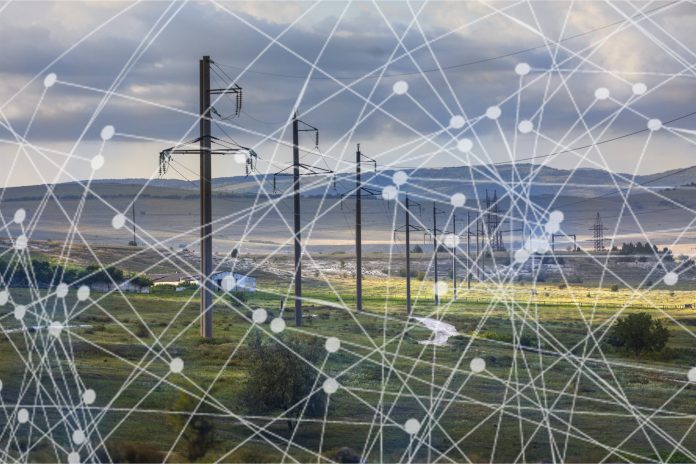The Telit executive said that artificial intelligence can transform utilities customer engagement as well as their operations
Companies operating in the utility sector are starting to see the benefits of certain initial use cases enabled by 5G technology, Jitender Vohra, director of carrier relations at Telit, told Enterprise IoT Insights.
“The three main characteristics provided by 5G are greater speed, lower latency and greater number of devices that can be connected to the 5G network. Today, we are just past the starting line and have already started to see a growing number of use cases to address initial customer problems. We expect to hear a lot more in the coming years as the infrastructure expands and more opportunities present themselves,” the executive said.
“Utilities require real-time voltage and time synchronization. This will be addressed through ultra-low latency via 5G SA networks. We started to see the more latency-sensitive use cases on the power grid move from microwave/fiber to low-latency 5G wireless as more spectrum gets assigned to modernize the smart grid,” Vohra added.
He also noted that 5G technology provides some of the most robust cyber security features and architectures for operations that are required by electric utilities. “5G capability is of increasing importance, significantly improving connectivity for the growing number of mobile, remote, and outdoor applications found on the distribution network,” Vohra said.
However, the executive went on to say that utilities are just in the beginning of the process to adopt 5G and that the overall process will also require changes in processes and training of staff. “We are just at the beginning of the 5G era. It’s not just migrating to the new technology, but also changing the processes, the standard operating procedures, training the people. It will take time to rollout the network and implement best practices. We are also seeing pockets of utilities in certain geographic areas more aggressively migrating to latest technologies that were impacted by climate change disasters.”
He explained that a number of large utilities in Europe, North America and Australia are leading the advancement towards 4G and 5G cellular networks. North America and Europe, in particular, are seeing an increased adoption of private cellular networks for utilities, he said, adding that examples include the 410-450 MHz network in Europe and Anterix’s 900 MHz networks in the U.S.
When asked about the relevance of artificial intelligence in the utilities sector and how utility companies can take advantage of this technology, Vohra said that artificial intelligence can transform utilities customer engagement as well as their operations. “Utility executives are starting to realize the value of AI and how its evolved from being a promising idea to a foundational business tool,” he said. “Executives are becoming more comfortable [with] the critical role AI can play in terms of driving efficiency, competitiveness, and customer value. In fact, more and more utilities are now evaluating and testing AI to help transform their operations, customer relationships and business models.”
Regarding the role of sensors and IoT connectivity for utility firms, the executive said that IoT sensors are very critical to enable remote monitoring and reduce the need of manpower for on-site maintenance. He added that examples of other emerging technologies which are key for utilities include LTE-M and NB-IoT, especially for battery-operated gas and smart water meters, which have to be working in the field for over 10 years.
The executive also highlighted that there are some obstacles that are preventing a more rapid adoption of new technologies such as IoT, 5G or AI in the utilities sector. “Utilities often avoid risk at all costs and focus on tried-and-true solutions they can trust. Their focus has been to only fix the portion that was broken rather than evolve by redesigning, removing and replacing more than just the broken part,” he said.
RCR Wireless News published an editorial report called “Talking About (Industrial) Revolution: Utilities” in which key industry leaders and analysts talk about how digital systems – including 5G, AI, IoT, and edge, plus other key technologies — are transforming the utilities sector. Click here to access the report.

